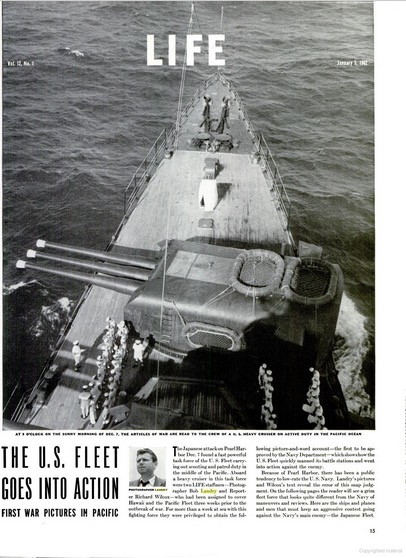 [Among the many serendipitous consequences of this Capa D-Day investigation I must count the email I received on July 19, 2015 from Doreen Landry Millichip, widow of LIFE staff photographer Robert (“Bob”) Landry, another of the small group of photojournalists the magazine assigned to cover the early hours of the Normandy landing on D-Day.
[Among the many serendipitous consequences of this Capa D-Day investigation I must count the email I received on July 19, 2015 from Doreen Landry Millichip, widow of LIFE staff photographer Robert (“Bob”) Landry, another of the small group of photojournalists the magazine assigned to cover the early hours of the Normandy landing on D-Day.
Ms. Millichip had come across our project while doing some online research about her late husband. She wrote, in part,
My congratulations on the excellent investigation into Robert Capa’s D-Day and on your well-deserved award. I stumbled onto the blog by accident some months ago, while searching the web for clues as to how the Utah Beach photographs taken by my late husband Bob Landry went missing and how he was supposed to have been able to “report the loss of his film and his shoes” to John Morris while following the U.S. 4th Infantry off the beach under the guidance of Theodore Roosevelt, Jr.
[Over the past 70 years Morris has made a point of putting Landry’s loss of his shoes on the record, connecting it to the loss of his films, and implying or forthrightly asserting that both happened on D-Day. I find this questionable, as does Ms. Millichip, and will have more to say about it in a future post. — A. D. C.]
I’m very happy that you have been able to exonerate Dennis Banks, who I can assure you was very much employed by LIFE and was still in touch with Bob at the time of our marriage in 1960. His telephone number at that time was Swanley Junction 3003, according to Bob’s address book. I have no idea if he is still alive but that telephone number is now disconnected, as I discovered when I tried to call him some 10 days ago. …
Like so many of my generation, I grew up in London during the war and spent my schooldays in classrooms where windows were reduced to slits to protect us from bomb blasts, sheltered under desks whenever the air raid took place before the warning sounded, and slept in an underground shelter in the garden, doing my homework by candlelight. My heart bleeds for poor Mr. Morris who was obliged to work “under siege” and cover a total of 3.1 miles (1.2 miles from Dean Street to Gower St. and London University, and then 1.9 miles from Gower Street to Grosvenor Square and the “pouch”) on the fateful night of June 7, ’44. I’m so pleased that someone — i. e., you and your estimable team — finally told him to get real. Congratulations again.
•
In the course of this investigation I had found precious little about Landry (1913-60) out there — mostly passing references to his work for LIFE, after a decade of which he went freelance. (I did, however, uncover the curious fact that he served as technical advisor on photographic matters for Alfred Hitchcock’s 1954 film Rear Window, whose main character, a photojournalist portrayed by James Stewart, Hitchcock reportedly based on Robert Capa.)
So I seized the opportunity, and Ms. Millichip graciously complied with my request for an email Q&A concerning Landry’s relationship with LIFE, John Morris, and Robert Capa, as well as his experiences on D-Day and the days and weeks immediately after. I have inserted links to some of the LIFE stories to which Ms. Millichip refers, plus some explanatory notes. While the result doesn’t answer all the questions, it does fill in some gaps in the tale, making it also the most substantial article about Landry on the internet. Perhaps this will spark further research on an unjustly neglected figure.
Note: Ms. Millichip never met Robert Capa, who died in 1954; when she refers to “Bob,” she’s always speaking about Landry. We used GtP as shorthand for Morris’s 1998 memoir Get the Picture. Part 1 appears below; Part 2 will follow shortly. — A. D. C.]
•
Bob Landry, LIFE, John Morris, Robert Capa, and D-Day:
Q&A with Doreen Landry Millichip
ADC: Tell us briefly how you met and married the former LIFE staff photographer Robert Landry.
DLM: At the beginning of 1958, 20th Century Fox was preparing Inn of the Sixth Happiness to be filmed in the U.K. I was working in the publicity office in Soho [London] when Bob arrived from Japan (where he had been working on The Barbarian and the Geisha with John Wayne) and came into the office to introduce himself. It was a coup de foudre for us both although, at 44, he was 19 years older than I. When the unit moved from MGM’s Elstree Studios to the north of Wales for location filming he offered me a lift — and arrived to collect me in a brand-new Jaguar XK140, which he later confessed he had bought to impress me.
Bob was immensely popular with the film fraternity, and over the next two years his friends conspired to find films for him in Europe and we continued our love affair whenever and wherever we could. At the beginning of 1960 I flew to Hong Kong for The World of Suzie Wong; Bob went to Greece for The Guns of Navarone. We finally married in London on August 20, 1960, planning to honeymoon on the picture we were finally to work on together, Cleopatra. Bob died suddenly of an aneurysm on August 30, 1960.
•
ADC: The D-Day invasion of Normandy was one of the major assignments of Landry’s career. I assume he spoke of it often in private. Did he ever write about that experience, or talk about it in published interviews?
DLM: No. WWII was an experience he preferred to put behind him. In the Western Desert [an area of Egypt and Libya in which the North African Campaign took place] he had jumped from the truck he was using as a mobile base seconds before it was blown up. With the British Eighth Army at Tobruk he was riding in a tank turret when the top of his right-hand ring finger was blown off.
At the Battle for Gela he and the forward observers who were directing incoming Navy fire slid from the rooftop they were sharing just as the enemy blew it to pieces. On Utah Beach the soldier in front of him stepped from the landing craft through 4 feet of water and onto a mine which blew his foot off. Bob picked him up and put him safely on the landing craft back to England before making his own way up the beach. According to CBS correspondent Larry LeSueur, Bob later tried to photograph a captured officer who turned his back on him and promptly lost his head to an incoming German shell. [For the audio of LeSueur’s eventual broadcast describing his D-Day experiences, click here. He mentions Landry at timestamp 2:15. For a transcript of that broadcast, click here. — A.D.C.]
A charmed life? Bob had another explanation, as you will see from the attached copy of a letter he wrote to his grandparents on June 27, 1944, after the fall of Cherbourg. [In that letter he attributed his escape from harm to divine protection. He may have done so mostly to reassure his anxious relatives; Ms. Millichip does not recall him, or them, as particularly religious. — A. D. C.]
As far as I know, this is the only written comment he ever made about the Normandy invasion. He did tell me that his film had been lost through the incompetence of a guy in the London office who was supposed to make secure arrangements for its delivery to London. [This would have been John Morris, then assistant picture editor in LIFE‘s London darkroom. — A. D. C.]
[Addendum, June 20, 2020: Subsequent research by Charles Herrick proved that Morris had no say whatsoever in the arrangements for transmission of any LIFE photographer’s film from the front to the London office. Whatever happened to Landry’s films therefore cannot be laid at his door. — A.D.C.]
ADC: Landry got one spot with the first wave of American infantry, Capa got the other. In his book Get the Picture, John Morris writes, “Bob Landry also felt obliged to accept this dubious privilege.” This makes it sound as if Landry was reluctant to go. Is that true?
DLM: No. Bob had flown back to the States with his film of the Sicily invasion and, having spent two and a half years covering the war, was given a three-month “rest” during which LIFE had scheduled interviews, speeches and radio appearances for him to encourage Americans in the war effort.
He returned to Europe from the States for the express purpose of covering the invasion. That doesn’t mean he was looking forward to it. As Bob’s friend Ernie Pyle wrote, “There’s nothing nice about the prospect of going back to war again. Anybody who has been in war and wants to go back is a plain damn fool in my book.” Bob was a photojournalist, not a war photographer, although he received his War Correspondent credentials right after his Pacific coverage. This is one of many Morris digs at Bob in Get the Picture; subsequently it was repeated unquestioningly in Alex Kershaw’s book Blood and Champagne.
ADC: From whom did Bob get his LIFE assignments and take his orders? I assume that in the Western Desert and Sicily he was reporting to someone else in the LIFE chain of command; Morris’s authority, whatever it was, certainly didn’t extend past the U.K. Once he got assigned to the invasion and arrived in London Landry came within Morris’s purview. But did that put him under Morris, in the sense of Morris becoming his immediate superior, or were they more on an equal footing, just a division of labor?
I’m prompted to ask this not only because Morris had the title of “assistant picture editor” at the time, but also because both he and Landry are listed on the masthead of LIFE‘s June 19, 1944 issue as “Staff Photographers.” Morris doesn’t mention conferring with anyone in the London office or the New York office re D-Day assignments. (“My own invasion team was growing. … Capa, Scherschel, Landry, Scherman, Morse, Rodger — at last, I thought, my team is complete.” GtP, pp. 73-74.) Though he doesn’t say so outright, he definitely gives the impression, in all his numerous accounts, that he was the man in charge of who went where and when on D-Day. Which may well be the case. But also may not.
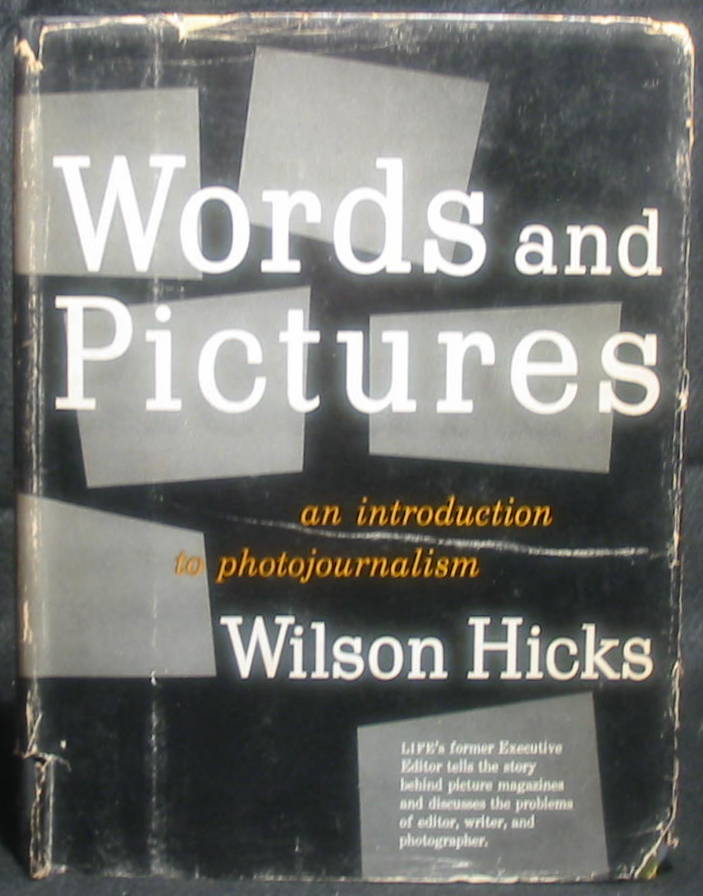 DLM: This is a tough one. From all the family correspondence, notes, etc. over the war years Bob only ever referred to Wilson Hicks as his boss. And it was Wilson who kept in touch with his grandparents, reassuring them that he was alive and well whenever he couldn’t get in touch with them for weeks at a time — when he went off alone on one of his many desert assignments, for example.
DLM: This is a tough one. From all the family correspondence, notes, etc. over the war years Bob only ever referred to Wilson Hicks as his boss. And it was Wilson who kept in touch with his grandparents, reassuring them that he was alive and well whenever he couldn’t get in touch with them for weeks at a time — when he went off alone on one of his many desert assignments, for example.
He loved working for Wilson, as once he arrived in Africa he was his own boss, coming up with his own story ideas, using his own contacts and charm to get access to the most amazing places and people, dealing with local censors before shipping his material Stateside. In the case of Sicily, having covered that initial landing he flew back to Washington and submitted his material personally to the censors there before passing it on to Wilson.
In London, he wrote to his grandparents that he wasn’t worried about not getting any stories in the magazine for the first few weeks as he needed time to build up his own contacts — and, as Morris made clear in GtP, Bob wasn’t interested in Morris’s pedestrian suggestions.
Walter Graebner was the overall boss of the London TIME/LIFE office and had been in situ since 1940, I think, with time out in Russia and North Africa. [Graebner was then officially chief of the London Bureau of Time & Life. — A. D. C.]
As you know, he and Bob shared digs at the Dorchester, a famous hotel in Mayfair; and it was with Walter that Bob made that huge essay on the build-up of American troops and supplies all over the U.K. prior to D-Day. It took them weeks. Likewise, it was Walter who had the “in” for the “Bomber” Harris story. [Arthur T. Harris, Air Chief Marshal of the Royal Air Force’s Bomber Command, coordinated the devastating RAF saturation bombing of Berlin. A major story about this project appeared in the April 10, 1944 issue, with two photos by Landry of Harris at work. — A. D. C.]
Morris simply wasn’t on that level. I was told last year that he and David Douglas Duncan had quite a row when Duncan told him off for assuming the title of “London Picture Editor” when he wasn’t. However, that is hearsay, although it did come from a good source.
ADC: You have mentioned Landry’s grandparents several times, but not his parents. Can you explain?
DLM: Bob lost his parents very early. His French aerialist father, Tan Landry, deserted his coloratura soprano mother, Myrtle Butler, when Bob was born eleven months after their marriage. Myrtle went back to work on the vaudeville circuit, sending money back to her mother and stepfather for his support. Sadly, Myrtle died before Bob could even talk, and grandparents Lena and George Quell were the only parents Bob ever knew. They adored him and he them.
They moved to California when he was little more than a toddler and he was educated there. Tan Landry never made an attempt to support or contact him, and fortunately the Quells were young enough to work hard and give him a perfectly normal and loving upbringing which Bob never forgot, usually referring to them as “Mom and Pop, my wonderful grandparents.” They died within twelve months of each other in the mid-Fifties, so I never had the privilege of meeting them.
(Part 1 I 2)
•
(For an index of links to all posts in this series, click here.)
•
Born Doreen Wood on April 5th, 1932, and educated in London, she had been working in the film industry for five years when she met former LIFE photographer Bob Landry while he was working as the Special Photographer assigned by 20th Century Fox to the film The Inn of the Sixth Happiness in 1958. Two and a half years later they were married. Bob Landry died suddenly soon thereafter, and instead of going on to work with him on Cleopatra, to be followed by “The Seven Pillars of Wisdom” (retitled Lawrence of Arabia) as planned, Doreen Landry started a 40-year-long solo career as an international freelance publicist.
Over that period she worked on more than 100 feature films in the UK, Europe, the U.S., and Canada*, was London Correspondent for the Austrian TV program Apropos Film, Press Agent for the London production of Funny Girl and the Dublin production of The Boys in the Band, and handled public relations for the “Churchill Centenary Exhibition” at Somerset House in London. With her second husband, English film producer Roy Millichip, she ran a successful location-scouting company in the U.K. during the 1990s. To contact Doreen Landry Millichip, click here.
(*Including: Cleopatra & A Little Night Music (Elizabeth Taylor), The Naked Runner (Frank Sinatra), Judith (Sophia Loren & Peter Finch), Arabesque (Sophia Loren & Gregory Peck), The Great Gatsby (Robert Redford, Mia Farrow), The Great Catherine (Peter O’Toole And Jeanne Moreau), The World Of Suzie Wong (William Holden & Nancy Kwan), Tam Lin and Kickback (Ava Gardner), Fedora (Billy Wilder’s sequel to Sunset Boulevard, with William Holden, Marthe Keller, & Hildegard Knef), Company Business (Gene Hackman & Mikhail Barishnikov), Joseph Andrews (Tony Richardson’s sequel to Tom Jones), A Prayer For The Dying (Mickey Rourke & Bob Hoskins). TV included The Attic: The Hiding of Anne Frank for CBS and Anastasia For NBC.
•
This post supported by a donation from Thom Bennett Photographs.
•
(For an index of links to all posts in this series, click here.)


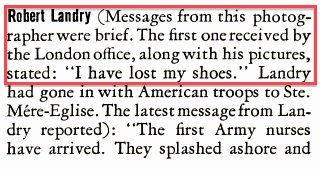
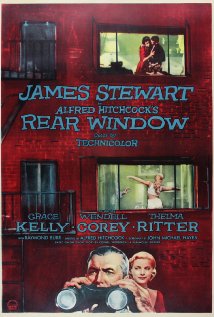
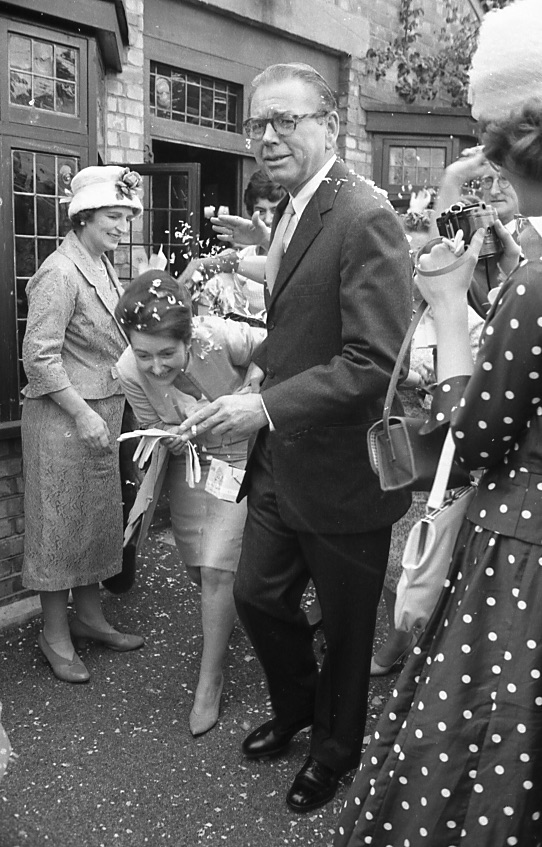
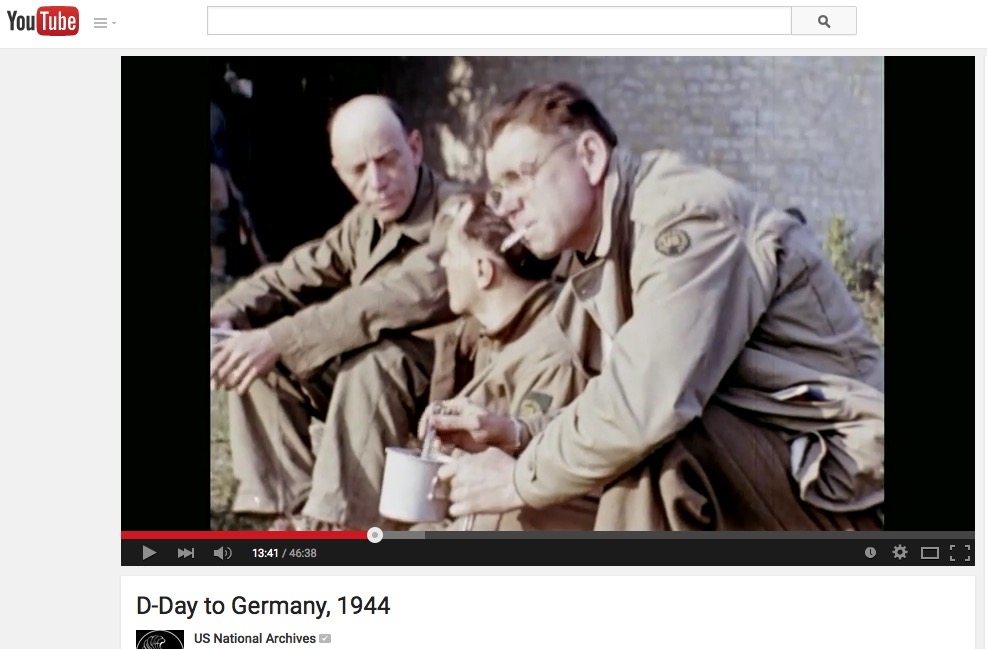
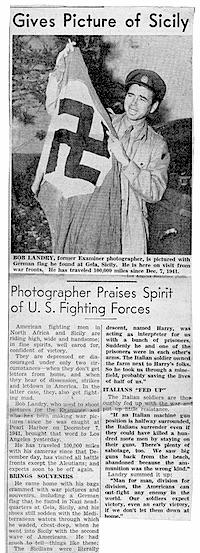
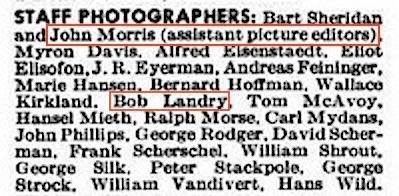
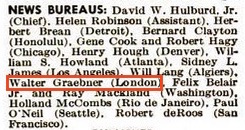
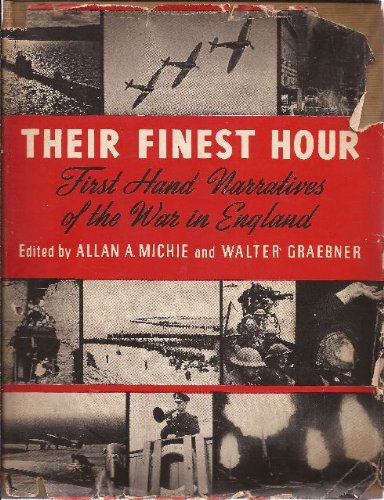
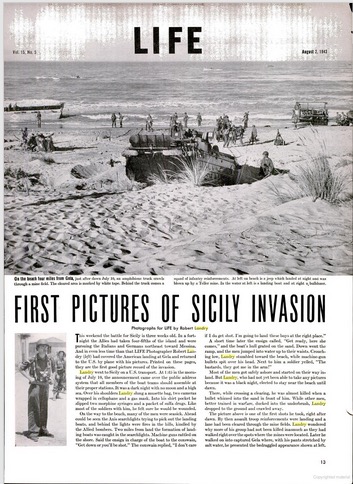
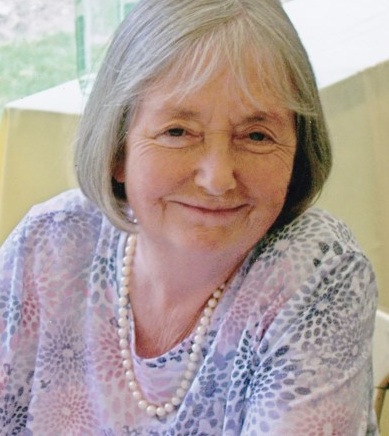




Leave a Comment